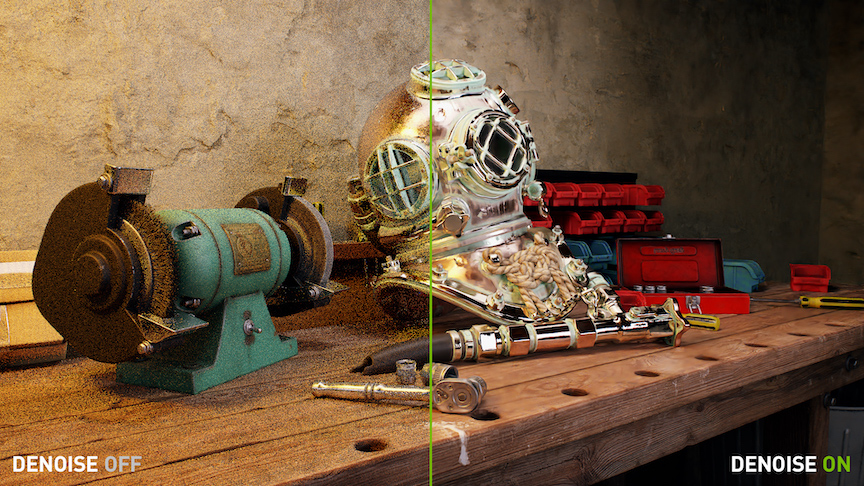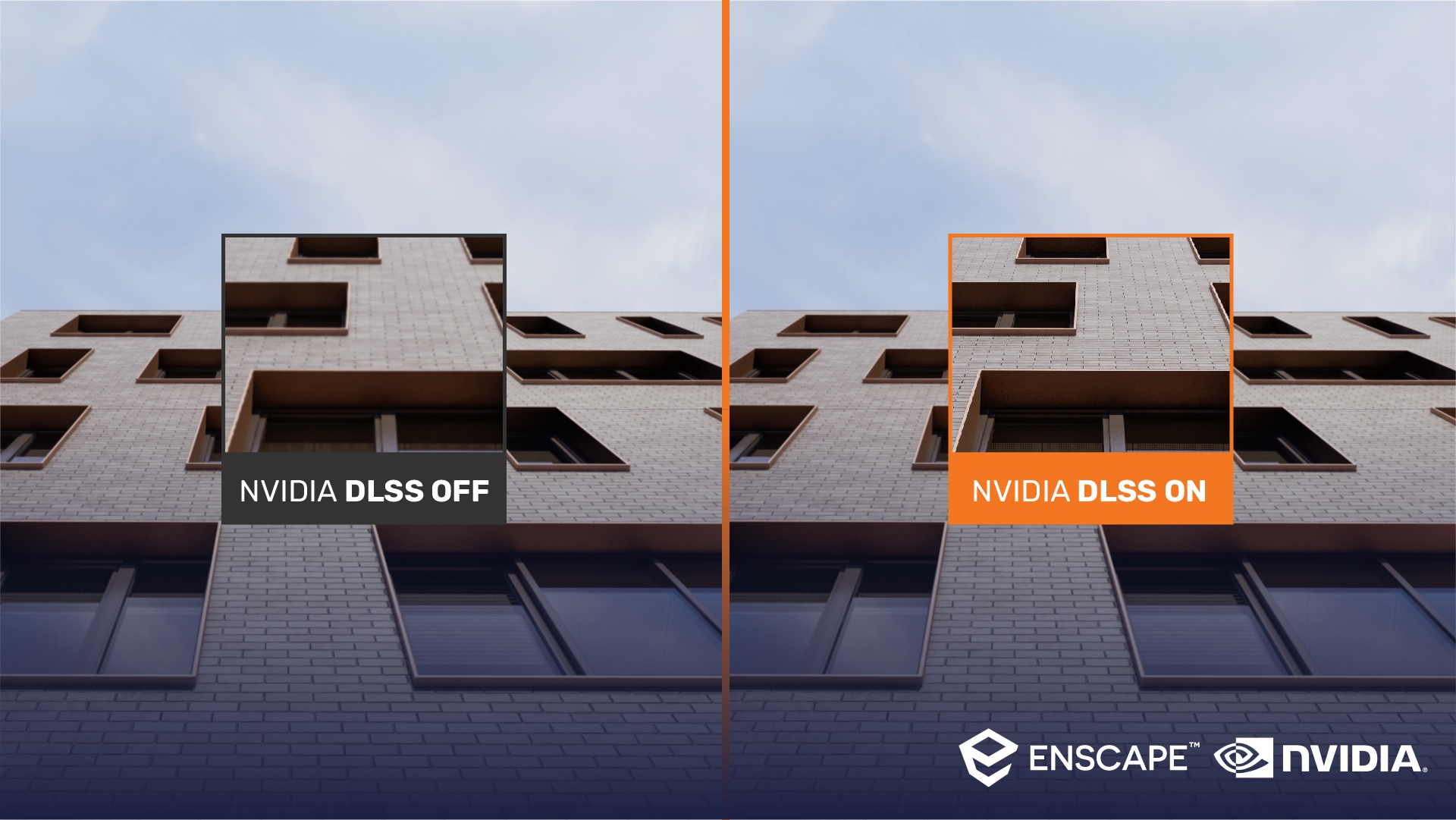The July NVIDIA Studio Driver provides heightened performance and reliability for the two major game engines: Unity and Unreal Engine.. And it’s just in time for the start of the annual Game Developers Conference.
Both game engines received RTX technology integrations in recent updates, helping developers produce better content and taking their ideas from concept to credits, faster.
The new 2021.2 beta release of Unity delivered native support for NVIDIA DLSS, allowing game developers to easily incorporate advanced AI rendering into their games. DLSS produces image quality that’s comparable to native resolution — and sometimes even better — while only conventionally rendering a fraction of the pixels, boosting real-time performance for more engaging experiences and saving artists valuable exporting time.
Unreal Engine 4.27, currently in preview, included an experimental feature called Eye-Tracked Foveated Rendering. The technique renders a single image at varying resolutions, sharpening the point of focus, while blurring other parts, to mimic human eyesight. It’s perfect for extended reality with improved performance on NVIDIA RTX GPUs, using NVIDIA Variable Rate Shading, and no discernible loss of picture quality. In addition, GPU Lightmass baking built on RTX ray tracing introduced parameters to better control lighting and levels of detail in production assets.
You can read more about the July Studio Driver, support for Unity and UE4, plus the latest on NVIDIA Omniverse, Marmoset Toolbag, Enscape 3.1, Pixar’s RenderMan and Topaz Video Enhance AI in the NVIDIA Studio blog here.












